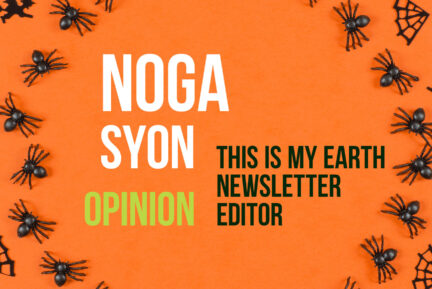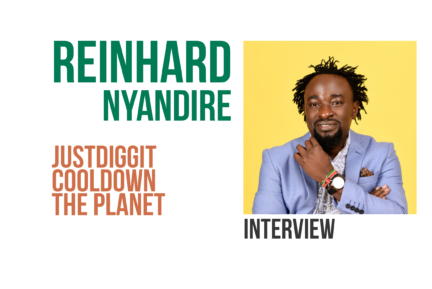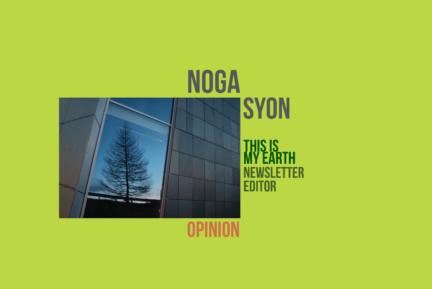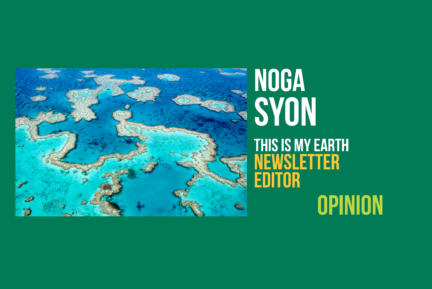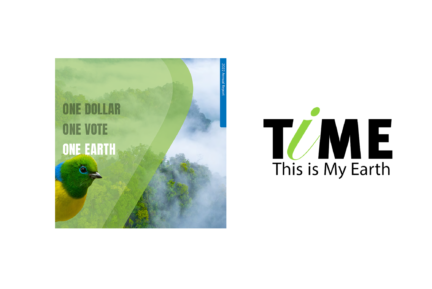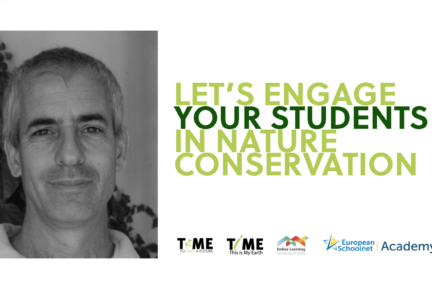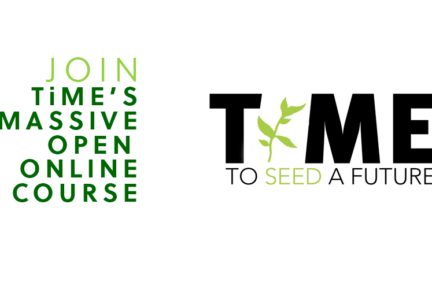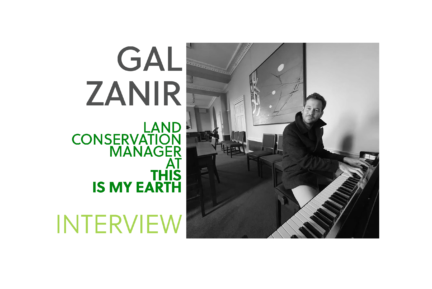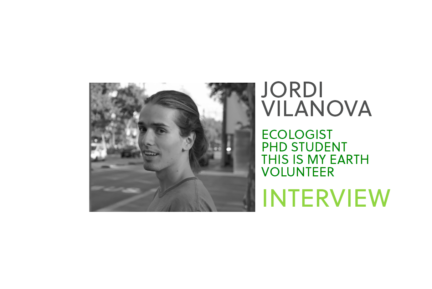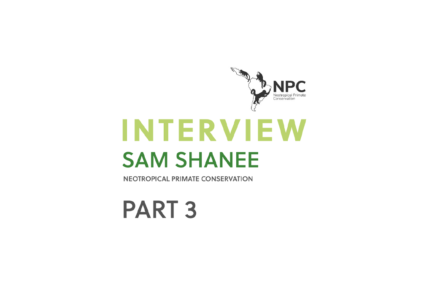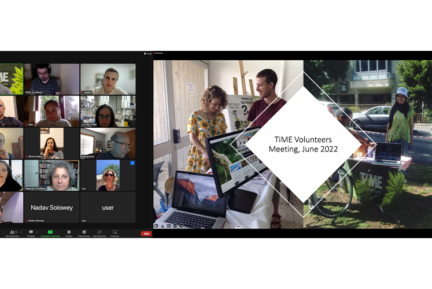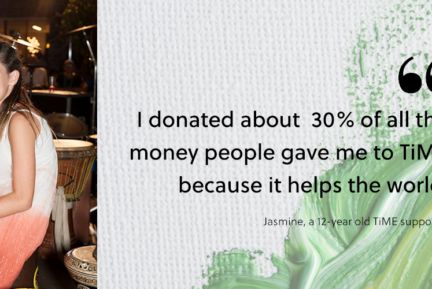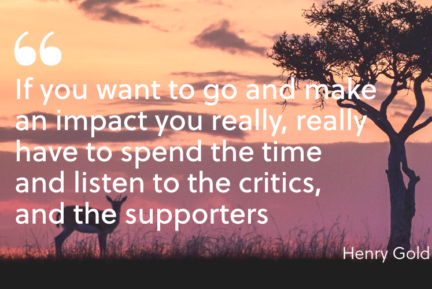We had the privilege to interview the Singapore-based science communicator Qiyun Woo, a sustainability consultant at Unravel Carbon, National Geographic Young Explorer and Instagram influencer!

Hi Qiyun, and welcome to This is My Earth! How would you introduce yourself?
My name is Qiyun. I’m based in Singapore. I am the founder of “The Weird and Wild” project. I’m just trying to explore complex climate issues using illustrations in hopes that we don’t leave anybody behind.
Sustainability and climate change are very complex subjects, and hopefully, by making them accessible and enjoyable, we can bring more people along in this journey and build a more sustainable future together.
Can you recall a moment of revelation regarding nature conservation?
When I was very little, I watched many episodes of Animal Planet. I loved animals. My dream was to be a zookeeper.
I grew up with The Crocodile Hunter and Steve Irwin was my idol. I just really loved the passion that he had for his work. It really inspired me to want to do something related to conservation.
I think that emotional drive just made me want to do work in this space. And I eventually got a degree in environmental studies.

It sounds like you had it all clearly laid out…
Some things happened by accident, too. I never saw myself as an advocate. But I’ve always been talking about sustainability, from a very young age.
And a friend messaged me once and said, “hey, you know, we all want to learn about sustainability, but do you have somewhere where you’re keeping all these resources so we can find them?” And I thought, yeah, actually that doesn’t exist, so why not? I created an Instagram page so my friends can access these resources.
I guess I’ve been doing it ever since. And I’m just happy to see that more and more people are interested in this work and enjoy what I do.
You were working in the path of science communication and that led you to build your community and to become an influencer. But outside social media, what does being a sustainably consultant look like in your daily life?
Apart from my social media project, I’m a National Geographic Young Explorer and a consultant at Unravel Carbon. A lot of our work is advising and supporting clients who are trying to decarbonize their businesses. We help them measure their emissions, check their progress, and advise them if they have to deal with any disclosures.
We are also making sure that we’re all kept up to date with what’s happening in the sustainability field and translating it through corporations. I’m fortunate to be working on all those things. It complements the communications work that I do. Things like understanding and helping others understand the IPCC Intergovernmental Panel on Climate Change report [are] a struggle.
Advocacy also plays an essential part in telling corporations which way to follow. I try to explain to them why it is essential to decarbonize and what else can they do.
What can you tell us about your successful Instagram profile, The Weird and the Wild?
I try to help people who are interested in sustainability to understand complex topics better. If we want people to care, first, we need them to understand.
And there are so many things to worry about nowadays! I break down the available information and the evidence-based facts, and I try to explain what some of these things mean.
None of us environmentalists know everything, but we all know people who know something.
What sort of information can be found on your Instagram profile?
I present facts with visual posts and graphic designs so that you don’t feel so alone trying to figure all of this out by yourself. I hope I can be your “online friend” who’s here for you.
What is the strangest feedback you’ve received?
I don’t think I’ve received a lot of strange feedback, luckily. Normally people tell me [the] “illustrations are very cute and accessible” [and ask] “have you considered doing children’s books?”
Are you considering it?
The funny thing is, actually, the majority of my audience is not made [up of] children. Most of them are young adults between 18 to 40. So I’m designing for adults.
How is it to work for brands such as Mercedes-Benz?
When it comes to my vision, when I work on big campaigns and with big brands, the key thing that I always do is to make sure I’ve done my due diligence to know that the people I’m working with or the project I’m working on aligns with my purpose, which is environmental communication and climate education.
So, let’s say I’m offered a project simply about a new product a particular brand has developed. I would then ask myself, what does this bring to people? Do they want me to promote a sustainable service or product? If that is the case, then sure, I will do it. But I make sure my work does not contribute to greenwashing.
I really enjoy those kinds of partnerships where we are creating publicly accessible and free information to help people understand certain issues.

What is the situation in Singapore regarding sustainability?
Singapore has actually done quite a… bit on sustainability in the last few years. If you asked me this when I started my journey, I would have said there weren’t very many people who cared.
But in the last two to three years, there’s just a lot more coverage. Newspapers are talking about climate, our government is doing a lot of communications around it and people have started to have a long wish list that affects politics. Pausing fossil fuels production or redirecting investments to protect biodiversity are now high on the agenda.
However, in a city-state like ours, these issues have many competitors.
In our last newsletter, we had the chance to interview Ernestine Schimmelpenninck, director of the company Fair Capital Partners. She told This is My Earth that the most polluting companies in the world are ruled by men. What is the situation in Asia?
That is a very interesting question because it is something that I’ve been thinking about for quite a bit. I remember a time when most of the messaging from sustainability campaigns, such as reducing plastic use or reducing food waste, were targeting only women, assuming they were the ones in charge of the house[hold] tasks, the kitchen… and that was reinforcing gender inequality and social stereotypes. I see this is changing fast in Asia.
When it comes to sustainability, a lot more corporations in Singapore are taking a more holistic approach. And we are starting to see that the gender question, the gender conversation and its relationship with climate is happening at the same time.
Of course, we’re not at an ideal spot yet, but we will get there eventually.
How would you invite the This is My Earth community to follow your project on social media?
Feel free to follow me on Instagram! There are many different things I do. You can also listen to our podcast Climate Cheesecake and we’re also building an interactive storytelling site called Climate Comments!
If you are interested in a more Asian point of view and in trying to understand what is going on with like-minded friends and activists in Southeastern Asia, come visit us! Maybe we will give you some insights into how diverse our strategies are.

